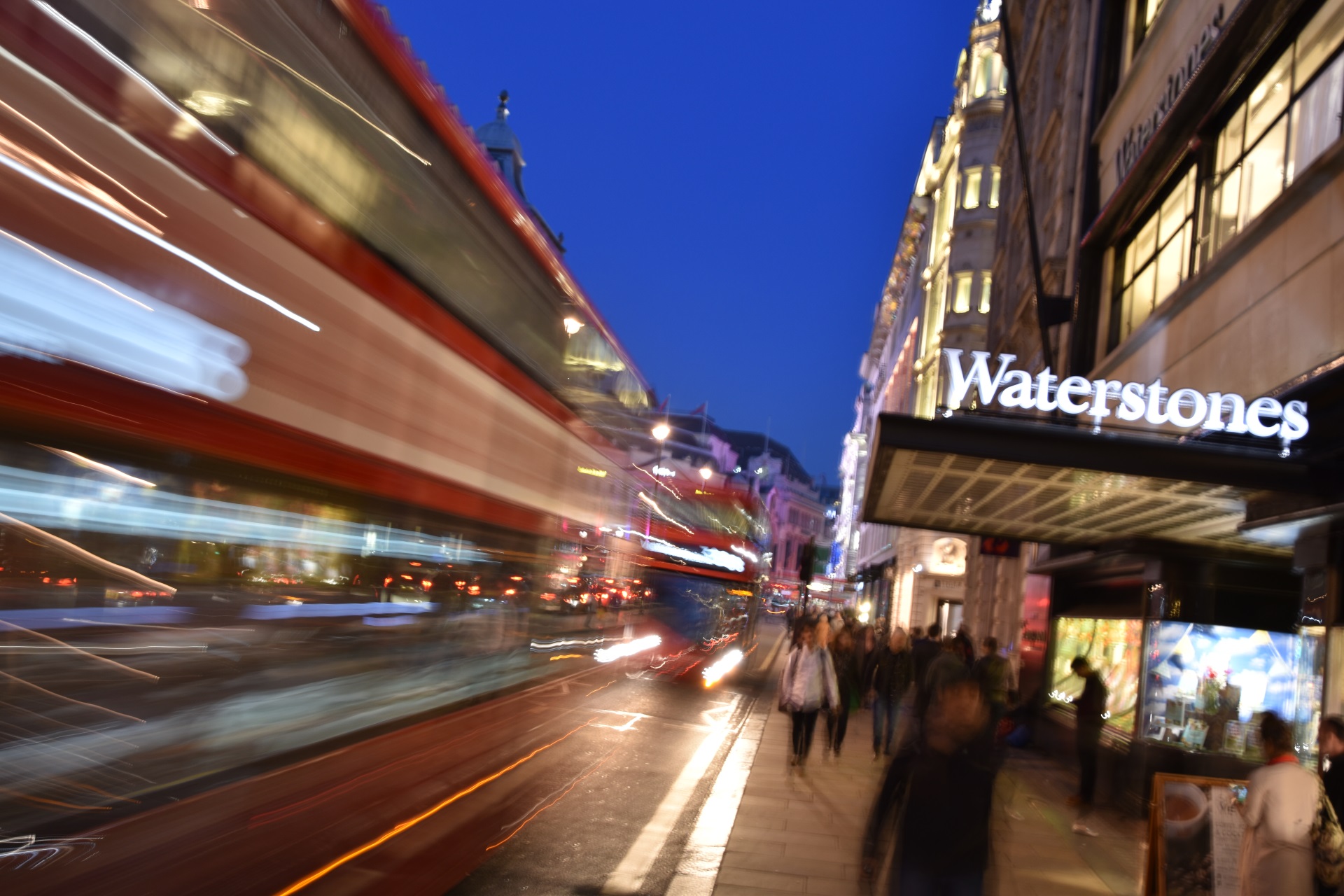About Bubbles in Social Media
The terms “bubbles” and “bubbles” are popularly used and applied in social media. The question is asked:
All this talk of bubbles and bubbles, when did it end?
In many cases it is already considered overused. And here I have a different opinion: in my opinion, the functioning of muting and especially blocking is often misunderstood. First of all: everyone can and may use social media and Twitter as they see fit. There is no such thing as “wrong” and / or “right use”. Nevertheless, a few comments on how bubbles and bubbles are created:
Example on Twitter, which I am essentially referring to in this article, I have blocked 10 or 12 people myself (and for almost all of them I remember why) and have muted maybe 20 or 30 people who post your agenda prayerfully.
Others use the function of blocking differently: there used to be even block lists that individuals published and So these were uploaded by fellow social media users and they blocked the same people. Unreflectively. Just like that. Now tools like Megablock are used: This one seems handy: So, everyone who is of the same opinion is automatically blocked. This tool is extremely practical if you have published a book and are actually on a social media channel to promote it. Then you are not forced to discuss.
However, bubbles are created because “both sides” of an opinion use this technique: You surround yourself exclusively with the people with whom you are in harmony. In the long run, everything is nice and harmonious because everyone is in perfect sync. But then it is only a matter of self-created space, the personal bubble.
Another example:
Why does the fucking savings bank explain to me what LGBTQ+ means?
 In fact, pride month seems to be a concentrated action where many companies participate. And at first glance, it has a “taint” when companies occupy such important topics. But on the other hand: we are in a bubble of social media users. A cool look at the comparison of the reach of Sascha Lobo vs. Apothekenumschau explains a lot: The latter has a reach that is roughly equivalent to umpteen times that of the former. So when the Sparkasse takes up the topic, it is carried by our balse and increases the social relevance and perception of these topics. We are quite alone on Twitter, and it makes sense to spread the word outside of Twitter about issues like LGBTQ+ (but also climate, etc.). In principle, I think it is presumptuous to want to define who is discussing what.
In fact, pride month seems to be a concentrated action where many companies participate. And at first glance, it has a “taint” when companies occupy such important topics. But on the other hand: we are in a bubble of social media users. A cool look at the comparison of the reach of Sascha Lobo vs. Apothekenumschau explains a lot: The latter has a reach that is roughly equivalent to umpteen times that of the former. So when the Sparkasse takes up the topic, it is carried by our balse and increases the social relevance and perception of these topics. We are quite alone on Twitter, and it makes sense to spread the word outside of Twitter about issues like LGBTQ+ (but also climate, etc.). In principle, I think it is presumptuous to want to define who is discussing what.
German Version here.

